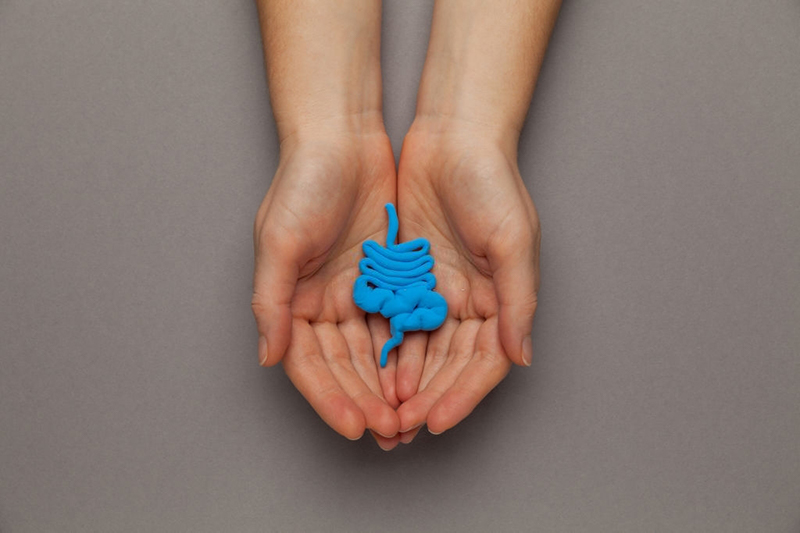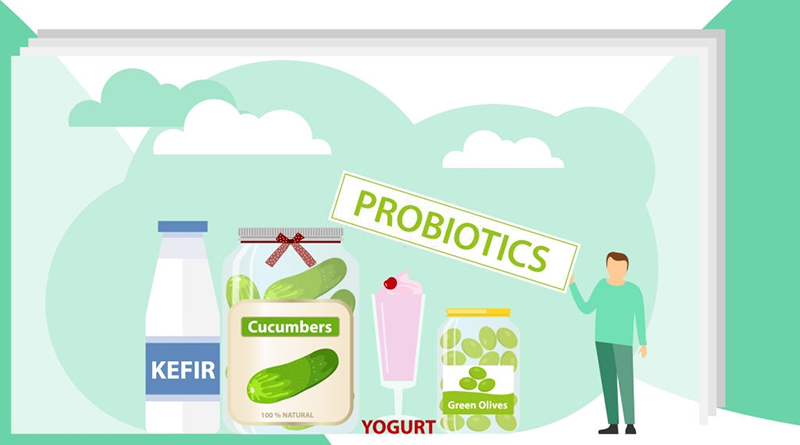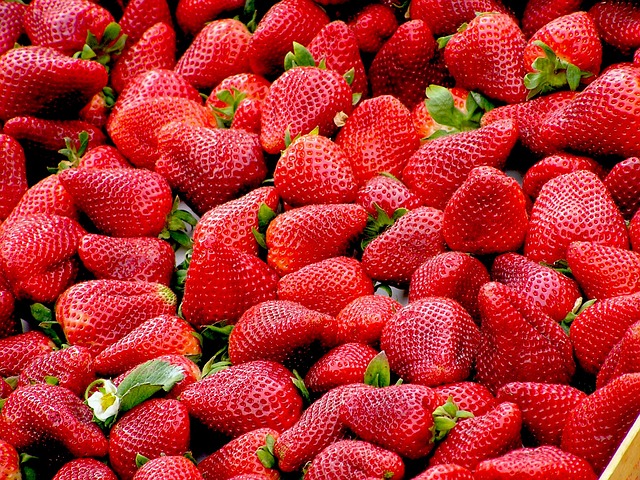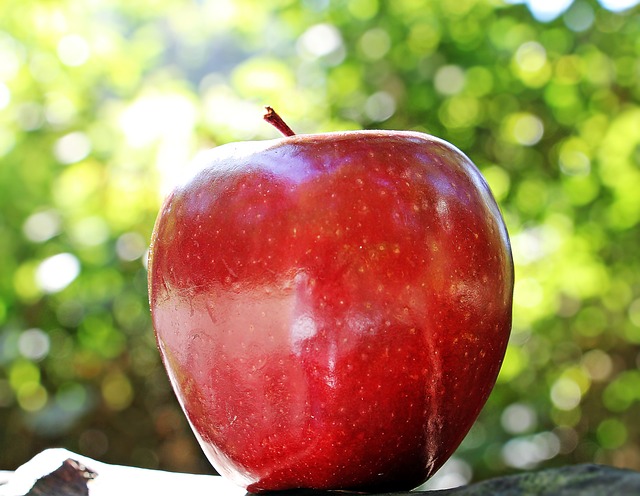Probiotics for Kids: The Benefits and How to Get Them to Take Them
Probiotics have become a buzzword in the health industry and for good reason. These live microorganisms can provide numerous health benefits, especially for children. The human body contains trillions of microorganisms, and probiotics help to maintain the balance of these microorganisms in the body.
Probiotics have been found to be particularly helpful in supporting digestive and immune health, aiding in the absorption of nutrients from food, and reducing the risk of allergies and infections. Probiotics can also help to improve mood and cognitive function, as well as reduce inflammation levels in the body.
So, how can you get your child to take probiotics?
1. Introduce Probiotics Through Food
Foods such as yogurt, kefir, sauerkraut, and kimchi are all great sources of probiotics. These foods are easy to incorporate into your child’s diet and can be added to meals or used as snacks. However, it is important to note that not all yogurts or other fermented foods contain live probiotics, so it is important to read labels and choose products that specifically state that they contain live and active cultures.
2. Use Probiotic Supplements
If your child does not like the taste of fermented foods or is unable to consume them due to dietary restrictions, probiotic supplements may be an option. There are many probiotic supplements available for children, and they come in various forms, such as capsules, tablets, and powders. It is important to choose a supplement that is specifically designed for children and to follow the recommended dosage instructions.
3. Hide Probiotics in Food
If your child is particularly picky or resistant to trying new foods or supplements, you can try hiding probiotics in their favourite foods. For example, you can mix a probiotic powder into their smoothie, oatmeal, or yogurt. You can also make homemade probiotic-rich snacks such as energy balls or granola bars that contain probiotic powders.
4. Make Probiotics Fun
If your child is resistant to taking probiotics, making it into a fun activity or game can help to encourage them to try it. You could make a chart or calendar to track their progress and rewards them for taking their probiotics regularly. Alternatively, you could create a fun recipe or activity that involves probiotics, such as making homemade yogurt or kombucha.
Overall, probiotics are a great way to support your child’s health and wellbeing. Incorporating probiotics into their diet can be easy and fun with the right approach. By introducing probiotics through food, using supplements, hiding in food and making it fun, you can help to ensure that your child is getting the probiotics they need for a healthy gut and immune system.







